I’ve seen many clients get confused by the technical terms in plumbing. Let me explain what PPR really means in simple words.
PPR pipe full form is Polypropylene Random Copolymer pipe. This specific type of plastic material gives PPR pipes their unique strength, heat resistance, and durability. Understanding this full form helps you recognize why PPR performs better than many other plumbing materials for hot and cold water systems.
Now, let me break down this technical term to show you why it matters for your plumbing choices.
What is the Complete PPR Pipe Full Form in Plastic Piping Terminology?
Many people see “PPR” but don’t know what it stands for. This confusion can lead to wrong material choices.
The complete PPR pipe full form is Polypropylene Random Copolymer pipe. “Polypropylene” refers to the base plastic material, “Random” describes the molecular structure, and “Copolymer” means it’s made from two different propylene molecules. Together, these create the perfect material for water supply systems.
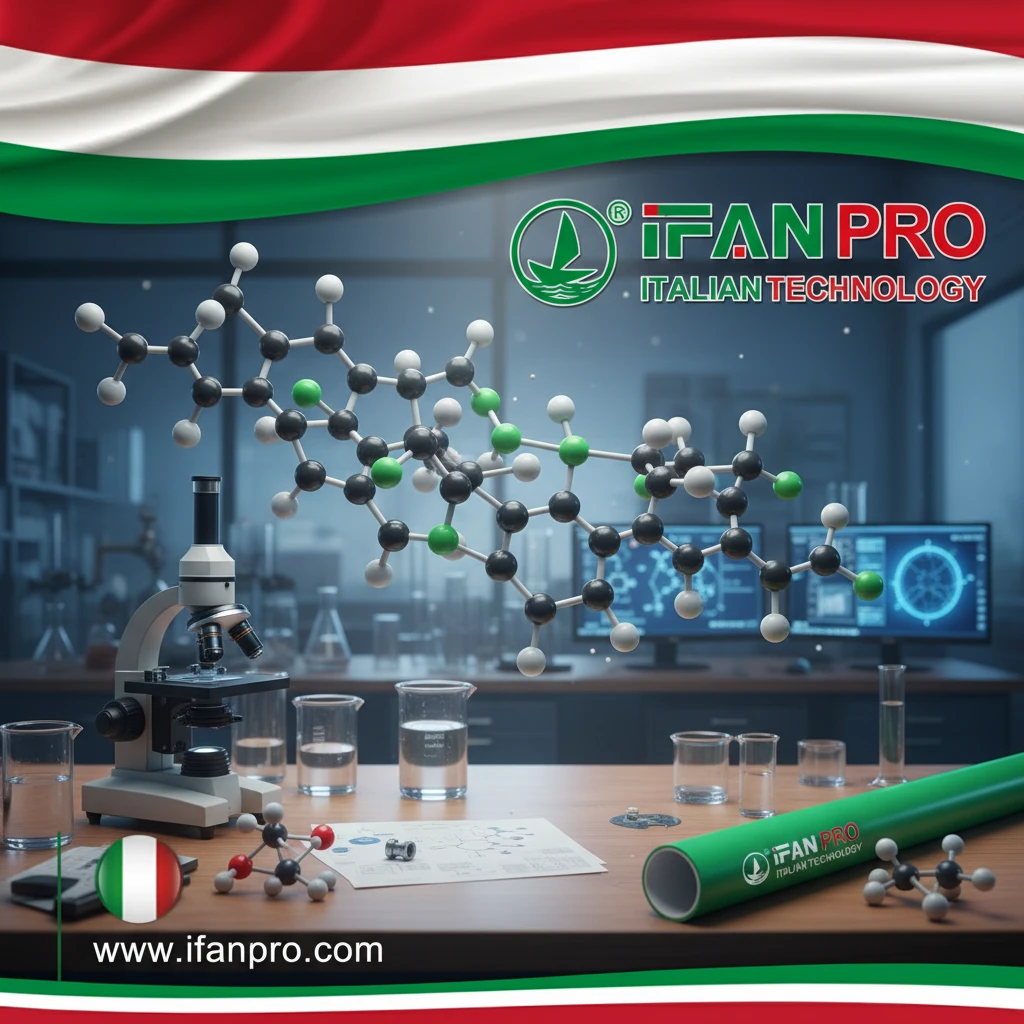
Breaking Down the Technical Name
Let’s understand each part of this name step by step. This will help you see why PPR is special.
First, “Polypropylene” is the main material. It’s a type of plastic known for being strong and resistant to chemicals. You find polypropylene in many everyday items, from food containers to car parts. But not all polypropylene is the same for pipes.
The word “Random” describes how the molecules are arranged. In PPR, the molecules are arranged in a random pattern. This might sound messy, but it actually makes the material stronger. The random structure helps the pipe handle pressure better and survive longer.
Finally, “Copolymer” means the material mixes two types of propylene molecules. This mix gives PPR its special abilities. Regular polypropylene might break down with hot water, but the copolymer version can handle high temperatures without problems.
Why the Full Name Matters
Knowing the full name helps you understand what you’re buying. When you see “PPR” on a pipe, you now know it means:
- It’s made from a special type of plastic (Polypropylene)
- It has a strong molecular structure (Random)
- It contains mixed molecules for better performance (Copolymer)
This knowledge helps you avoid buying the wrong type of pipe. For example, some pipes might look similar but don’t have the same “Random Copolymer” structure. These pipes won’t perform as well with hot water or under pressure.
Why is the PPR Pipe Full Form Important for Understanding Its Properties?
The name isn’t just technical jargon – it actually tells you about the pipe’s capabilities.
Understanding PPR pipe full form is crucial because each part of the name directly relates to the pipe’s performance characteristics. The “Polypropylene” gives chemical resistance, “Random” structure provides impact strength, and “Copolymer” enables high temperature resistance – explaining why PPR works so well in plumbing systems.
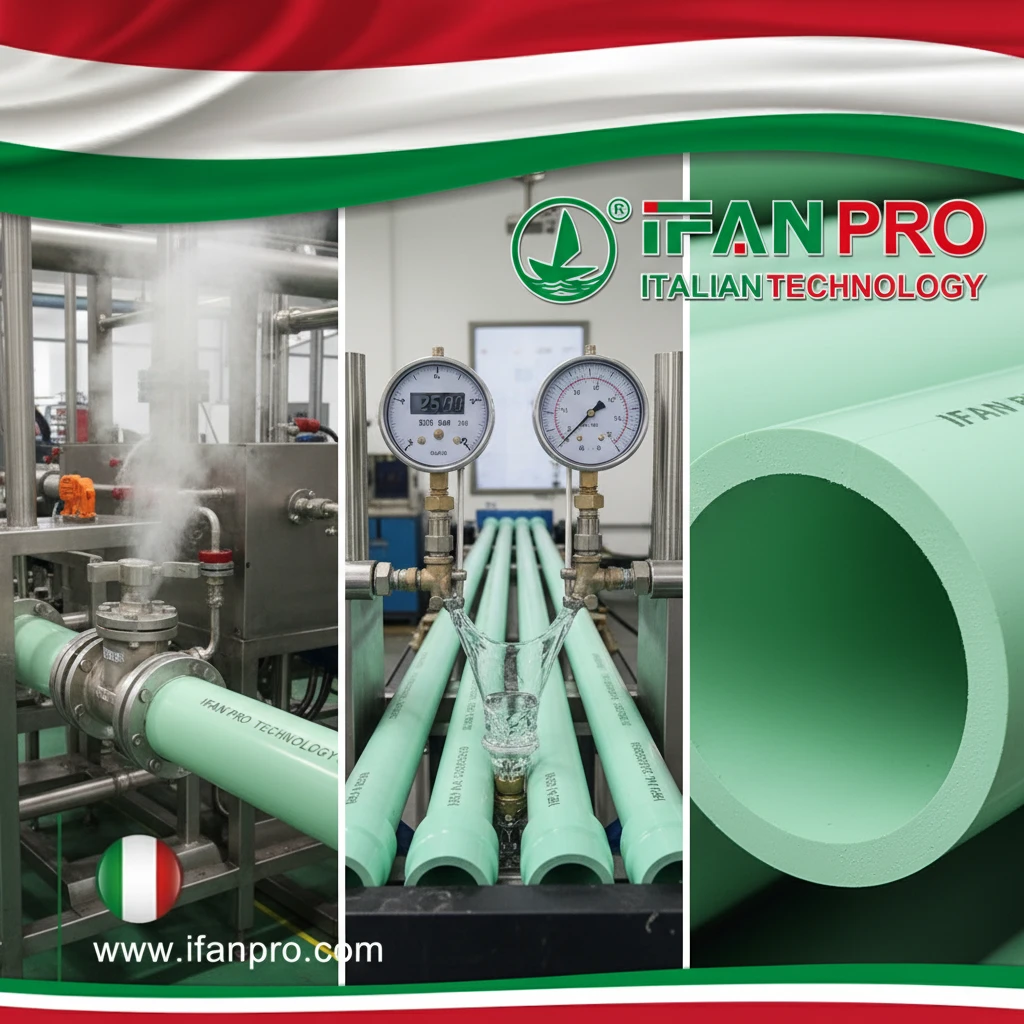
Connecting Name to Performance
The full form of PPR isn’t just a label. Each part of the name tells you something important about how the pipe will perform in your plumbing system.
The “Polypropylene” part means the pipe won’t react with water or chemicals. This is why PPR pipes don’t rust like metal pipes. They also don’t add any bad taste or smell to your drinking water. The material is food-grade safe, which is why it’s approved for carrying drinking water.
The “Random” structure makes the pipe tough against physical impacts. If you accidentally hit a PPR pipe, it’s less likely to crack compared to other plastic pipes. This random molecular arrangement also helps the pipe handle pressure changes better. When water pressure suddenly increases, the pipe can absorb the shock without damage.
The “Copolymer” part is what makes PPR perfect for hot water. Regular plastic pipes can soften or warp with hot water, but the copolymer structure keeps PPR stable even at high temperatures. This is why PPR pipes can handle hot water up to 95°C without losing their shape or strength.
Practical Benefits for Homeowners
When you understand what PPR stands for, you can make better decisions about your plumbing:
- You’ll know the pipes are safe for drinking water
- You’ll understand they can handle both hot and cold water
- You’ll recognize they’re durable and long-lasting
- You’ll appreciate why they don’t corrode or rust
This knowledge helps when talking to plumbers or buying materials. You can confidently choose PPR knowing exactly what you’re getting.
How Does the PPR Pipe Full Form Differ from Other Plastic Piping Materials?
Many plastic pipes look similar, but their names reveal important differences.
PPR pipe full form differs from other plastic pipes in its molecular structure and composition. Unlike PVC (Polyvinyl Chloride) or regular PP (Polypropylene), PPR’s “Random Copolymer” structure provides superior thermal resistance and impact strength, making it uniquely suitable for pressurized hot water systems where other plastics would fail.

Comparison with Common Plumbing Pipes
People often confuse PPR with other plastic pipes. Knowing the full forms helps clarify these differences.
PVC stands for Polyvinyl Chloride. It’s good for drain lines and cold water, but it can’t handle hot water well. The “Vinyl Chloride” material becomes weak when heated. This is the main difference from PPR – PPR handles heat much better.
Regular PP pipes (Polypropylene) exist too, but they don’t have the “Random Copolymer” structure. This means they’re not as strong as PPR pipes, especially with hot water under pressure. The random copolymer structure is what makes PPR special.
Then there’s PEX pipes (Cross-linked Polyethylene). The “cross-linked” part means the molecules are connected differently. PEX is flexible and good for some applications, but PPR is more rigid and maintains its shape better over time.
Key Differences Table
| Pipe Type | Full Form | Best For | Limitations |
|---|---|---|---|
| PPR | Polypropylene Random Copolymer | Hot & cold water supply, heating systems | Requires heat fusion for joining |
| PVC | Polyvinyl Chloride | Drain lines, cold water, ventilation | Cannot handle hot water effectively |
| PP | Polypropylene | Chemical transport, industrial uses | Not suitable for pressurized hot water |
| PEX | Cross-linked Polyethylene | Flexible plumbing, retrofits | May require special fittings, less UV resistant |
Why These Differences Matter
Choosing the wrong pipe type can lead to big problems. If you use PVC for hot water, it will soften and eventually fail. If you use regular PP for pressurized systems, it might not handle the pressure over time.
PPR’s unique “Random Copolymer” structure makes it the right choice for:
- Household water supply systems
- Heating systems
- Industrial applications needing chemical resistance
- Situations requiring long-lasting, maintenance-free pipes
When you understand these differences, you can select the right material for your specific needs and avoid costly mistakes.
What are the Key Advantages of Knowing the PPR Pipe Full Form for Plumbing Systems?
Understanding what PPR stands for gives you real practical benefits when planning plumbing projects.
Knowing PPR pipe full form provides key advantages for material selection, problem-solving, and quality verification. It helps you choose the right material for specific applications, understand performance limitations, verify product quality, and communicate effectively with suppliers and plumbers about your project requirements.
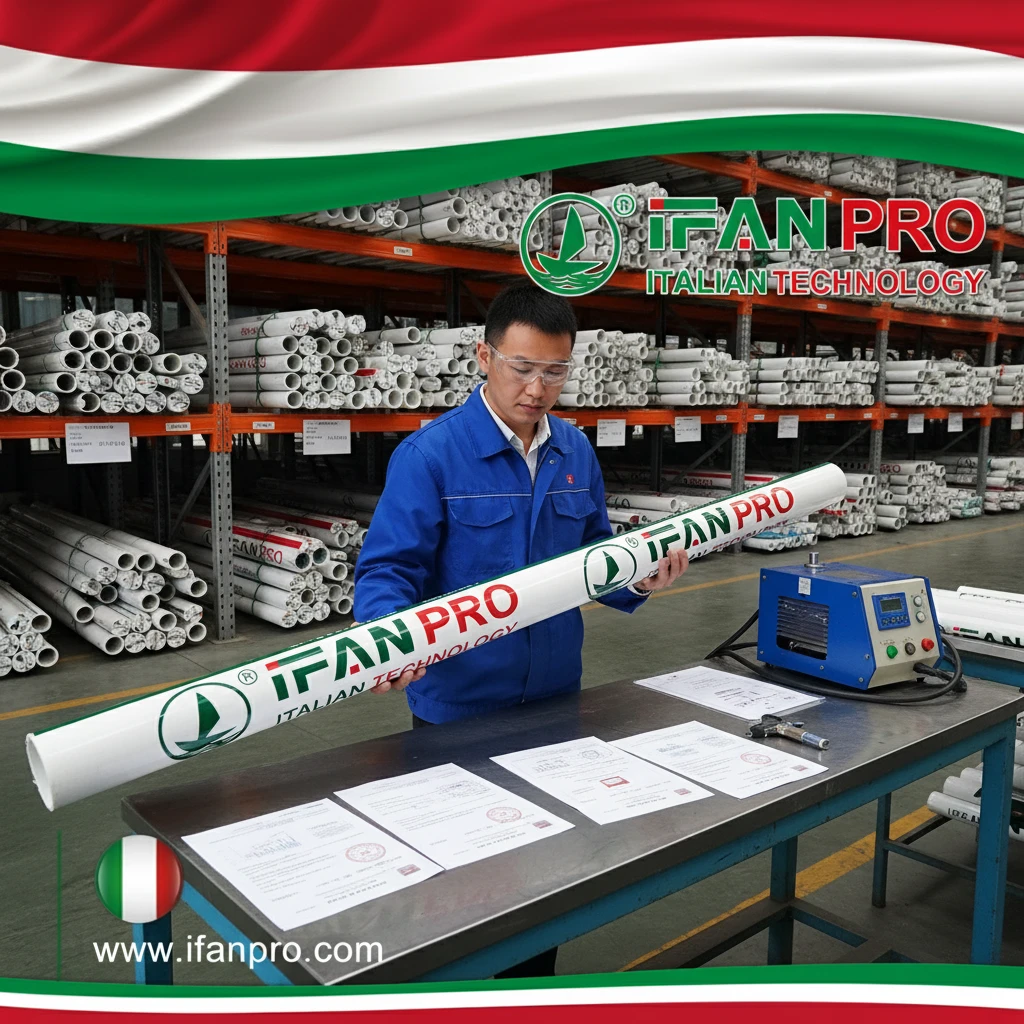
Better Material Selection
When you know what PPR stands for, you can make smarter choices for your plumbing projects.
You’ll understand that PPR is perfect for hot water systems because of its heat resistance. You’ll know it’s safe for drinking water because polypropylene is inert and non-toxic. You’ll recognize that the random copolymer structure makes it durable for long-term use.
This knowledge helps you avoid using wrong materials. For example, now you know not to use PVC for hot water lines. You understand why regular PP pipes might not work for pressurized systems. This prevents costly mistakes and future repairs.
Effective Problem-Solving
Understanding the full form helps you troubleshoot issues when they arise.
If you notice problems with your pipes, knowing the material properties helps identify possible causes. For example, if PPR pipes are failing prematurely, you might suspect installation errors (like improper fusion) rather than material defects, since PPR is known for its durability.
You’ll also understand why proper installation matters. The heat fusion process works because of the polypropylene material properties. Knowing this helps you appreciate why professional installation is important for PPR systems.
Quality Verification and Communication
Knowing the technical name helps you verify you’re getting the right product.
When you order PPR pipes, you can check the specifications to ensure they’re truly PPR and not some other material. You can ask suppliers about certifications and testing standards specific to polypropylene random copolymer pipes.
You can also communicate more effectively with plumbers and contractors. Instead of just saying “plastic pipes,” you can specify “PPR pipes” and understand why they’re recommending this material. This leads to better outcomes for your projects.
Conclusión
Understanding PPR pipe full form helps you make informed decisions for reliable plumbing systems. For genuine PPR pipes that match these specifications, choose IFAN’s certified Polypropylene Random Copolymer products.

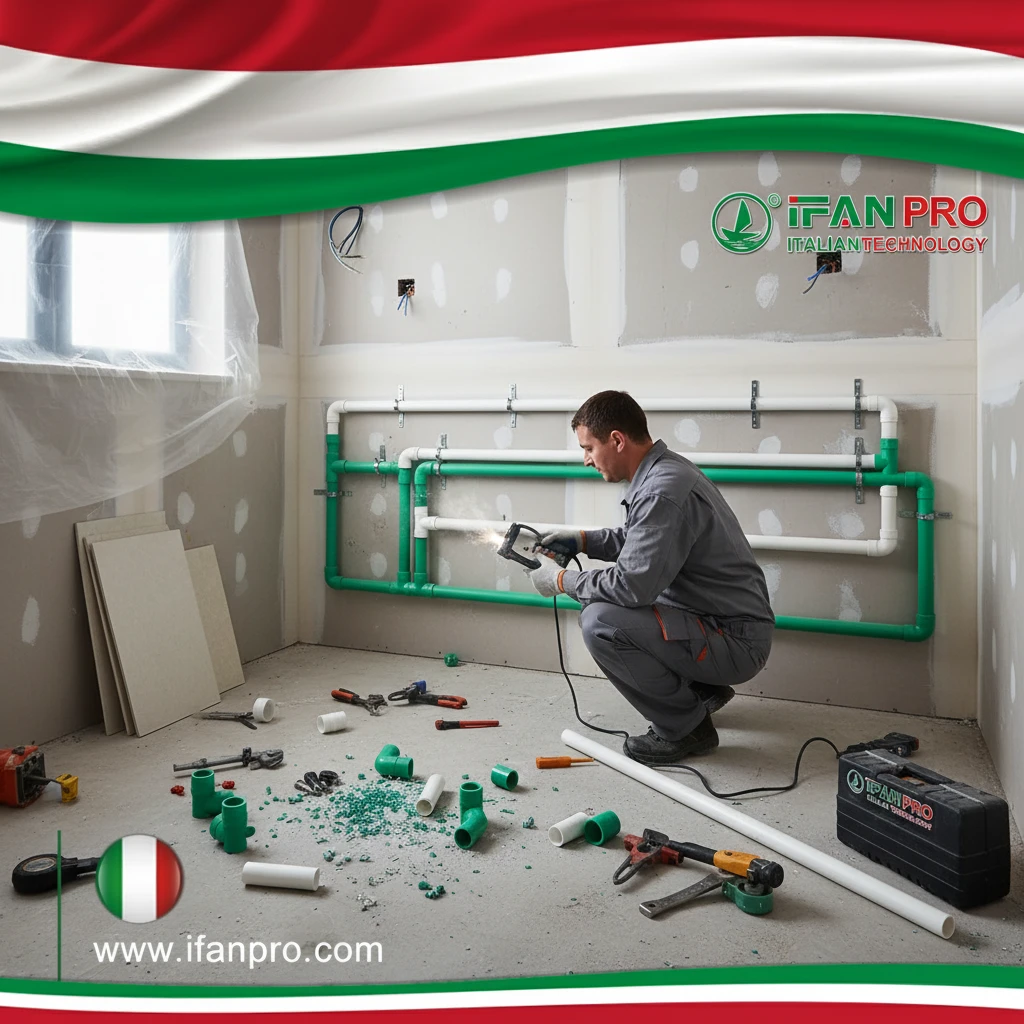
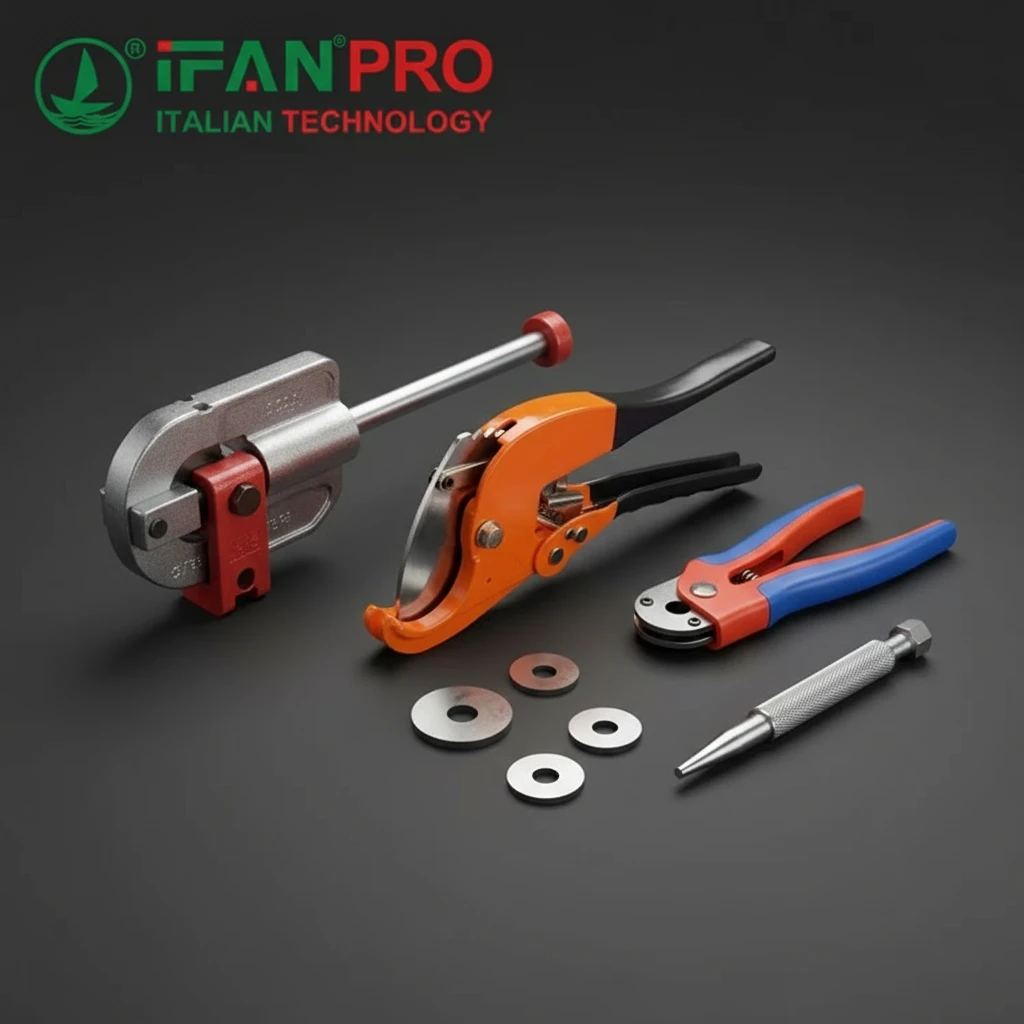

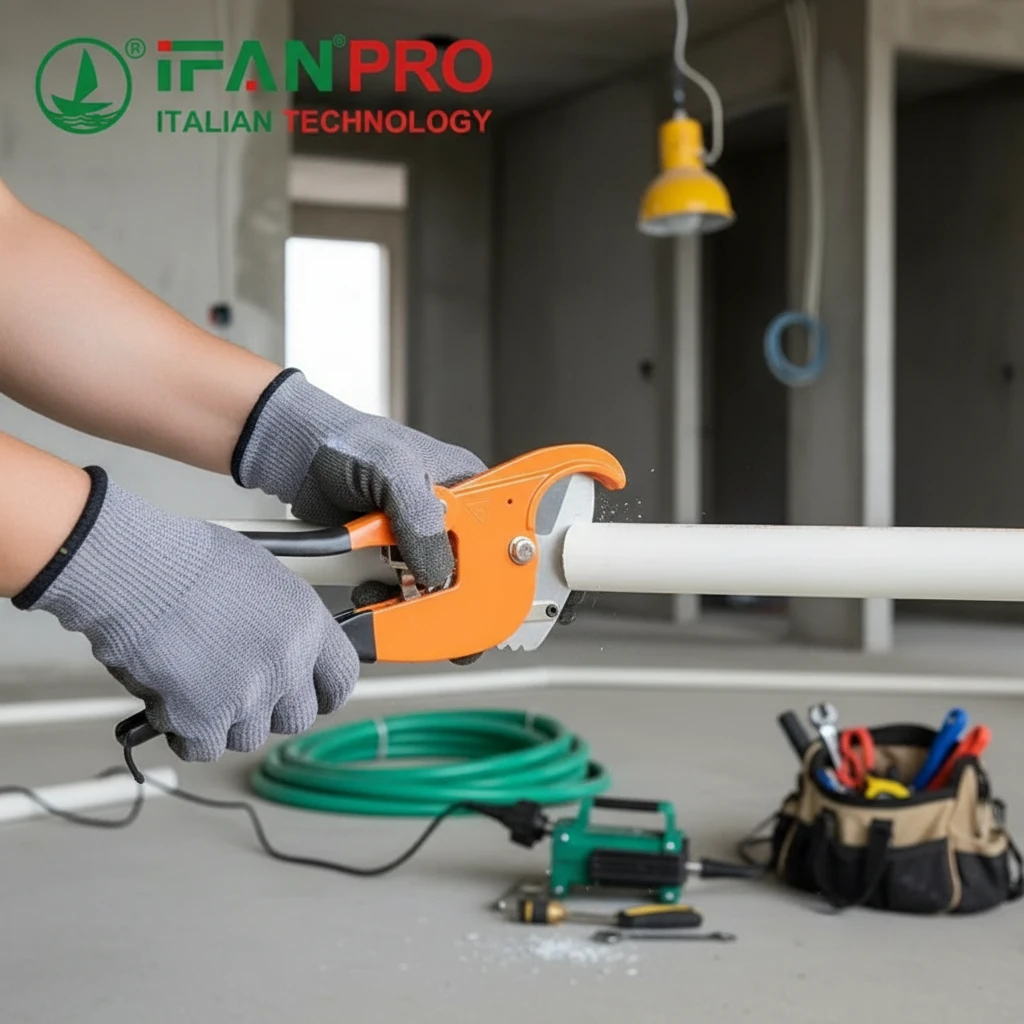









Comentarios recientes